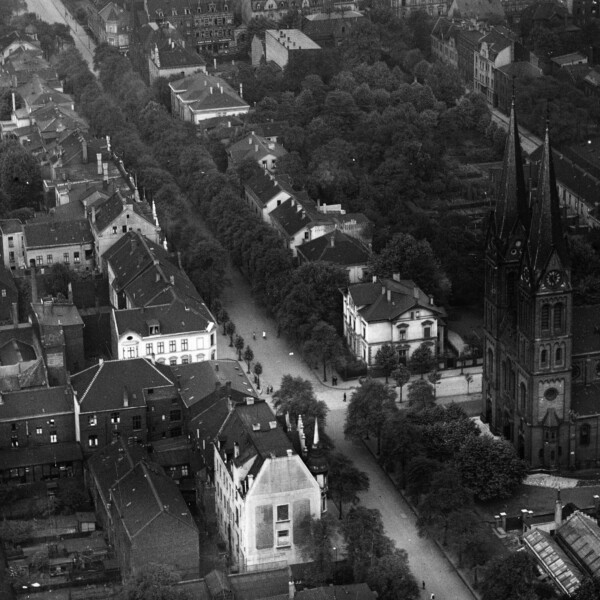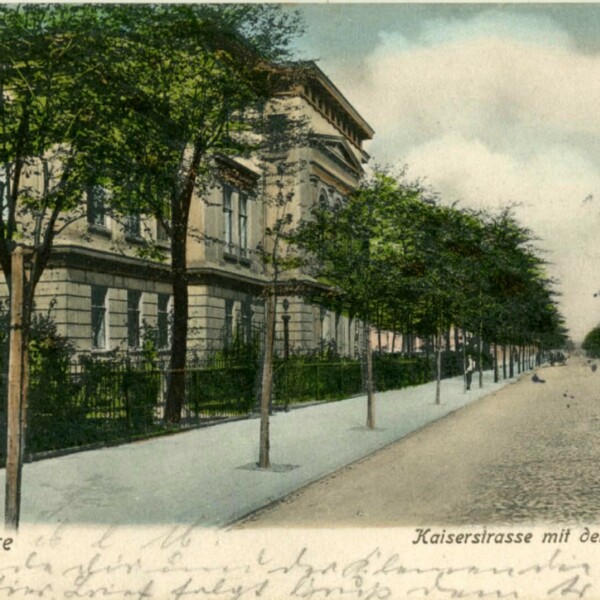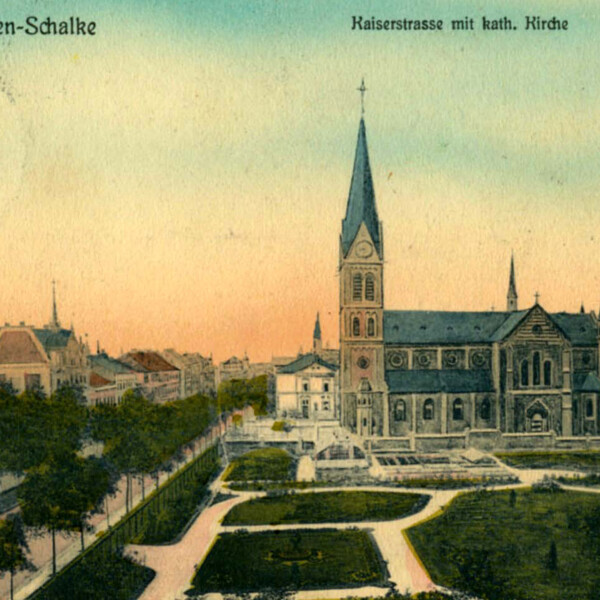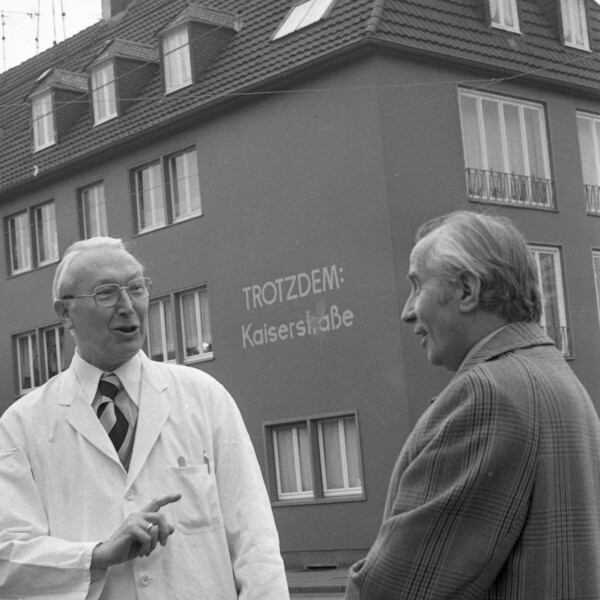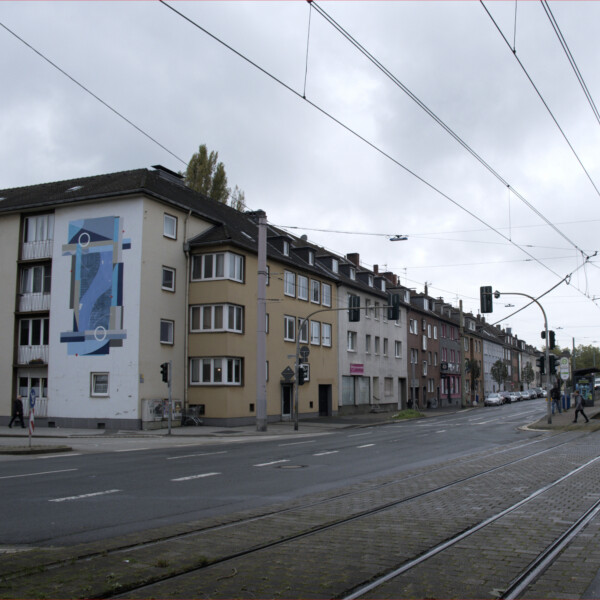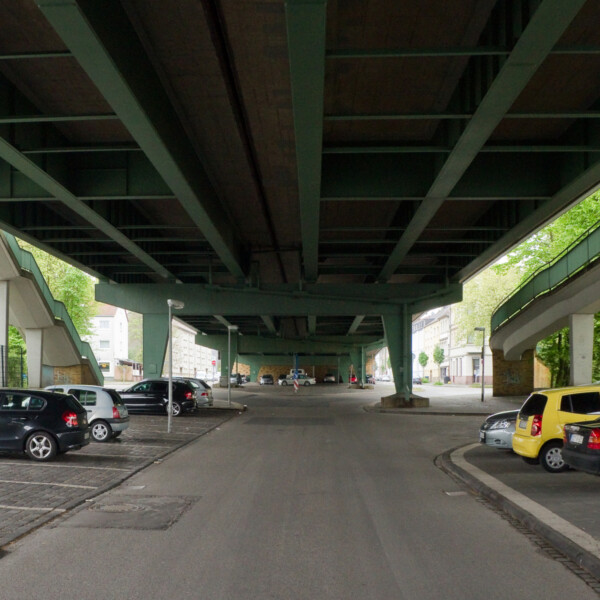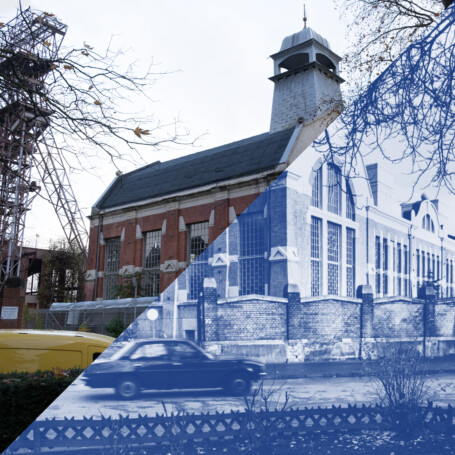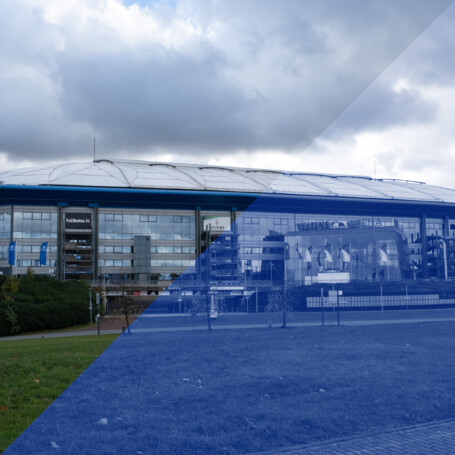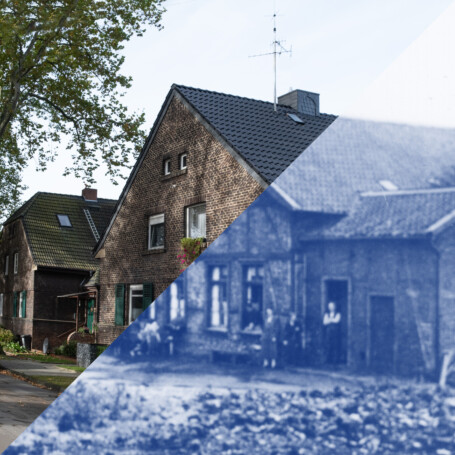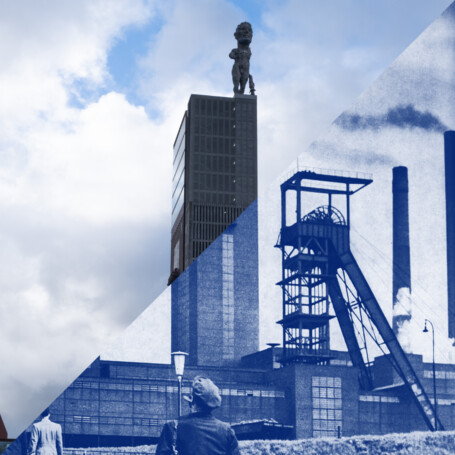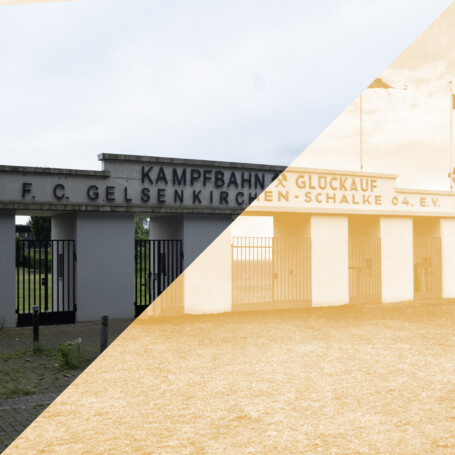Kaiserstraße


Schalke for the rich kids
Schalke is becoming increasingly crowded. New people arrive here every year. They are looking for work and a better life (click here for the story). But the construction of housing cannot keep up. The administration believes the industrialists are responsible. After all, they brought all these people here. So they also have to provide housing for them. Although factory housing estates such as the workers settlement "Rosenhügel" are being built from time to time, this is not enough. Too many people are squeezed into flats that are too small. Whole families share a single room. When they walk through Kaiserstraße, their eyes regularly glaze over: This is where people live who don't earn their living in the stuffy darkness of the Consolidation Colliery or the noise of the Gutehoffnungshütte. The middle classes live here on Kaiserstraße. In the immediate neighbourhood is the Schalke Street with its shops and pubs.
Kaiserstraße (which tranlates to "the emperor's street") lived up to its name: here, in the city mansions, lived the mine directors, doctors, merchants, civil servants, district councillors and factory owners. Behind the magnificently ornamented facades were huge gardens. Between Kaiserplatz and Schalke Market, the owners showed the prosperity and status that coal, steel and the Consolidation Colliery had made possible for them. Built in 1870, Kaiserstraße was also an important connection to the young city of Gelsenkirchen. In 1876, a school opened its doors here. It is the forerunner of today's Schalker Gymnasium.
Today, the magnificent buildings are no longer there. Many were destroyed during the Second World War. The others were demolished during the construction of the Berlin Bridge and the four-lane road expansion. Instead of the magnificent facades, the sober functionalism of the 1960s has characterised the appearance ever since. Kaiserstraße reflects the transformation of Schalke in a similar way to the monument on Grillo Square. The street was renamed Kurt-Schumacher-Straße in 1966. A local resident resisted the new realities. He painted the words "Nevertheless: Kaiserstrasse" on his house. In 1974 and 1976, his commitment to the German monarchy was the target of a colour attack. The protest was unsuccessful: the street is still called Kurt-Schumacher-Straße.
